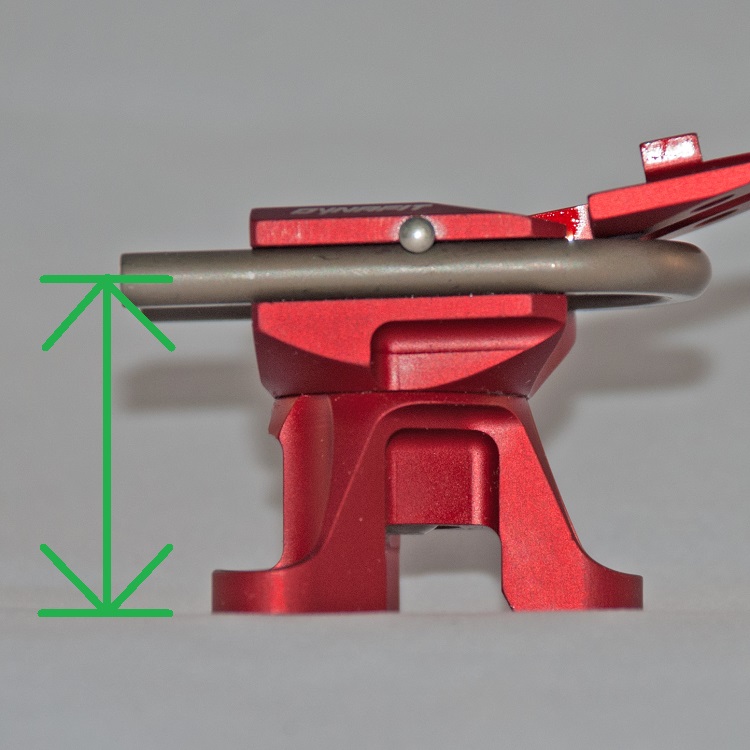Last season I picked up a pair of Technica Zero G Tour Pro boots for my touring skis which are mounted with G3 Ion bindings. When skiing either of my touring skis, ON3P Steeple 108 or Volkl BMT92 I have the sensation that the front of the ski is unstable, wanders, and is knocked around easily, especially in manky snow. My guess is I'm not able to keep proper pressure on the tip during the turn. My alpine setup is an ON3P Billygoat (118 underfoot) with Marker Barons and Lange RS130 boots. This setup feels 100% balanced and I wouldn't change a thing. The Steeple is essentially a narrower touring version of the Billygoat so should ski similarly and the boots are both 130 flex, 4 buckle so shouldn't be a huge difference there either. The other day I got curious about the binding/boot ramp angle. With the skis flat on a level floor I put an electronic level in the boot and measured the ramp of the boot board with the boot in the binding. The Lange in the Baron measured out at 4 degrees, which is exactly what Lange states the boot board ramp on the RS130 is. So that means the Baron is flat. Next, I measured the Technicas in the Ions the same way and came up with right about 7 degrees of ramp.
First, could this 3 degrees of additional ramp angle be causing my wandering tips and lack of fore/aft balance compared to the alpine setup? If so it seems like shimming the binding toe would be the way to go. However some quick math with a measured 300mm between the front and back pins I would need a 15.7mm toe shim to bring the Technica's down to the total 4 degree ramp I have with the alpine setup. That seems huge?!
First, could this 3 degrees of additional ramp angle be causing my wandering tips and lack of fore/aft balance compared to the alpine setup? If so it seems like shimming the binding toe would be the way to go. However some quick math with a measured 300mm between the front and back pins I would need a 15.7mm toe shim to bring the Technica's down to the total 4 degree ramp I have with the alpine setup. That seems huge?!








